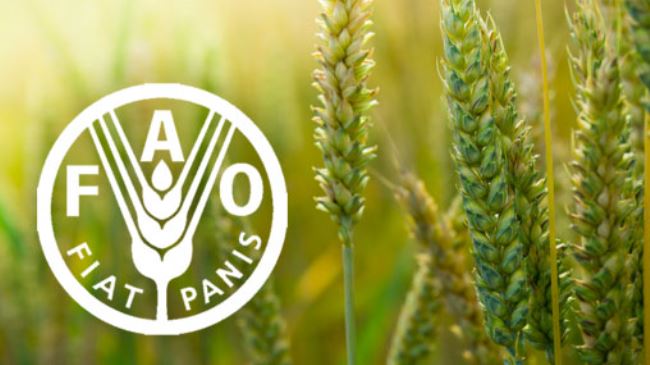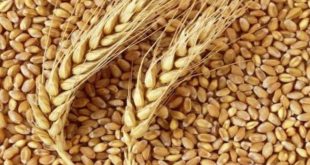Press release…
Report also analyzes olive oil market, fertilizer trends and the global food import bill…
13/11/2025

Rome – Current conditions point to broad-based increases in global food commodity production, alongside strong consumption growth and a recovery in inventories, although weather variability and a clouded trade outlook could pose risks, according to a new report published today by the Food and Agriculture Organization of the United Nations (FAO).
Global wheat and coarse grain outputs are on track to set new records, with the same applying to rice production in Asia and the Latin America and Caribbean region. Stocks-to-use ratios for these key staples are also forecast to rise, according to the new FAO Food Outlook.
The biannual publication provides updated market assessments and forecasts for the production, utilization, trade, and stocks of major food commodities including cereals, oilcrops, sugar, meat, dairy products, and fisheries. The new edition offers additional insights into olive oil, fertilizer markets, and the global food import bill.
The rebound in global food production marks a positive turning point for market stability. But behind these numbers lie persistent risks, from extreme weather to fragile trade relations, that can quickly reshape global supply and access. Building resilience across the agrifood system remains our greatest challenge,” said FAO Chief Economist Maximo Torero.
Wheat, maize and rice markets are marked by abundant exportable supplies, which have exerted downward pressure on international prices. Meanwhile, utilizations of wheat and especially rice are expected to increase significantly, led by faster consumption growth in Low-Income Food Deficit Countries (LIFDCs).
Salient takeaways from the commodity analyses include:

—Global wheat inventories are expected to expand by 3.6 percent in the year ahead to reach their highest-ever level by the end of seasons in 2026, while world rice stocks are forecast to increase by 2.2 percent to a new record high.
—World meat production is expected to rise by 1.4 percent, led by poultry, while bovine meat output will likely contract due largely to reduced cattle inventories in Brazil and the United States of America.
—Global sugar stocks are anticipated to increase as bumper harvests in Brazil, along with strong outturns in India and Thailand, are foreseen to drive production up much faster than consumption.
—Global vegetable oil consumption, by contrast, is forecast to outpace production, influenced by reduced soybean outputs, resulting mainly from reduced planting areas in Argentina, India, Ukraine and the United States of America.
—Global fisheries and aquaculture production is forecast to increase by 1.7 percent, with expectations of a 2.5 percent increase in per capita food consumption of aquaculture products offsetting a decline in consumption from capture fisheries…
 THE GLOBAL WINDOW OF TURKISH FOOD AND AGRICULTURE The Global Window of Turkish Food and Agriculture Sector
THE GLOBAL WINDOW OF TURKISH FOOD AND AGRICULTURE The Global Window of Turkish Food and Agriculture Sector








